Acconet 100m Roll, Solid Copper, SFTP...
This item is available for shipping or collection from our Centurion branch.
This item is available for shipping or collection from our Cape Town branch.
This item is available for shipping or collection from our Durban branch.
This item is available for shipping or collection from our Nelspruit branch.



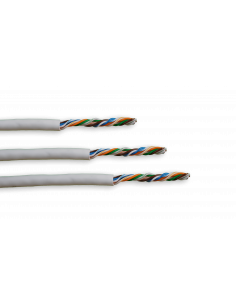
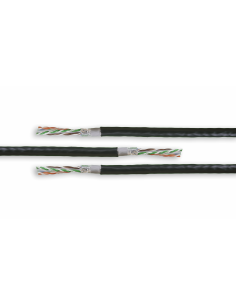
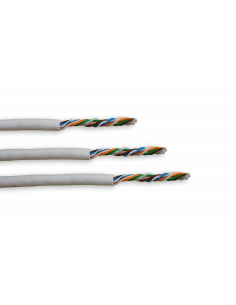
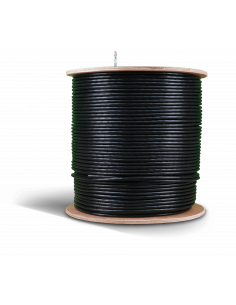
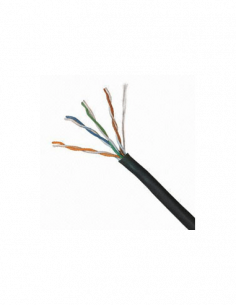

Comments
View Comments